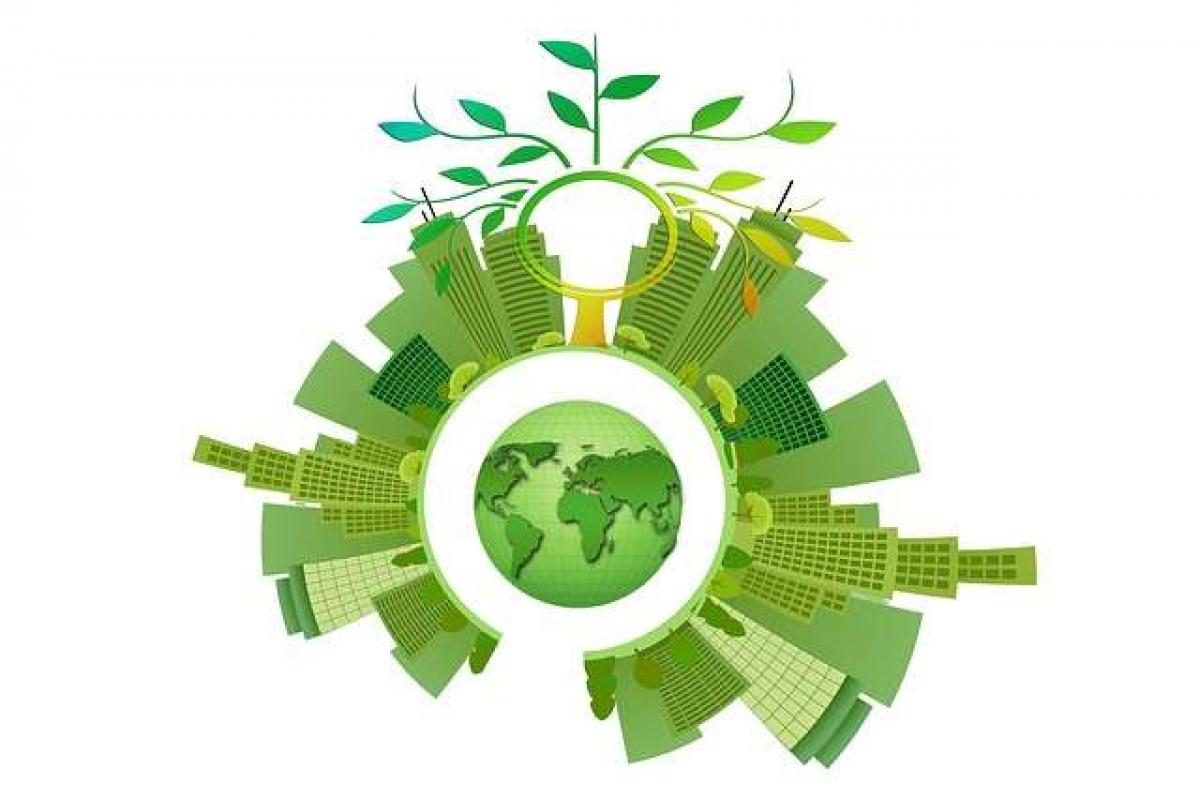Two scholars affiliated with the Centre for International Governance Innovation, Waterloo, Canada, have taken a look at the future of green bonds, that is, bonds whose proceeds are employed to fund environmental initiatives.
The paper, by Olaf Weber and Vasundhara Saravade, begins with a guesstimate as to the amount of money that is going to be necessary to “address climate change,” seen by these authors as the paradigmatic environmental challenge. They settle on a range from $200 billion to $1 trillion, and they immediately acknowledge that such sums can’t possibly be forthcoming from government treasuries. Thus, some of the necessary money will have to come from “financial markets and investors.”
Upgrading Infrastructure for the Planet’s Sake
Weber and Saravade cite a study by the Climate Bonds Initiative in 2015 (Sonerud et al.) that said “there is a huge demand in both developed and developing countries” for the upgrade of infrastructure, even without taking environmental mitigation into account. Since the upgrades will happen, then, they should happen in ways that assist the sustainability of the economy on this planet.
Currently, only between 7% and 13% of current infrastructure projects are low carbon and climate change resilient (LCR).
Sonerud et al. also acknowledge that high financing costs can often put LCR infrastructure projects out of reach, especially in the emerging economies. Thus, green bonds are critical.
The kind of patient capital that may invest in LCR infrastructure is to be found in “pension funds, insurance companies, hedge funds, mutual funds, sovereign wealth funds, and endowments.”
The Geography of Green Bond and Infrastructure Needs
But such investors will have to move out of their comfort zone to fill this gap. There is a natural tendency to prefer investing in infrastructure close to one’s home, since the projects depend on stable local conditions, and are best understood by those who understand those conditions. This is a problem, since the institutional investors are disproportionately to be found in the developed world and the extensive LCR infrastructure needs are to be found in the emerging world.
“Institutional investors,” Weber and Saravade write, “might start looking toward emerging markets as potential investment destinations if these markets meet certain investment conditions,” such as that the regulatory environment is stable, the level of social turmoil is low, and the currency exchange rates are predictable.
Further, there are three sorts of pressure that are slowly moving institutions into the realm of green bonds: pressure from beneficiaries (for example, from environmentally conscious workers or retirees on the receiving end of pensions present or future); the pressure from the shareholders and other stakeholders of the institutional investors who demand greater transparency with regard to climate change risks as they impact on the portfolio—who ask, “how much will intensified hurricanes or wildfires hurt us?;” and relatedly the pressure posed by such risks themselves, and by the possibility that as the water rises and fires burn inadequately green investments will become “stranded assets.”
Sustainability Rated at the Asset Level
Weber and Saravade also discuss the S&P green rating framework. This is a new development in the field, an effort by the venerable bond ratings concern to look at sustainability at the asset level.
Weber and Saravade say that within the S&P framework, “a water reuse project in New York would receive a higher net benefit score than in Chicago because the level of water stress in New York is much higher than in Chicago…. However, a renewable energy project in New York is more likely to receive a lower net benefit than in Chicago due to the different carbon intensities of each cities’ respective electricity grid….” This may show that ratings can help a system of green bonds in steering the financing to where it will do the most good.
As the paper nears its close, it offers some free advice for the issuers of green bonds. Be transparent! “If an issuer can voluntarily increase transparency in addition to financial disclosures, the green bond market will become even more attractive to mainstream investors. However, it is important to report both positive and negative impacts to enable investors to analyze the green performance of the bond.”




